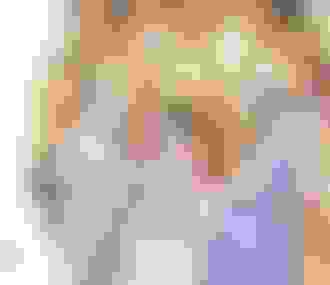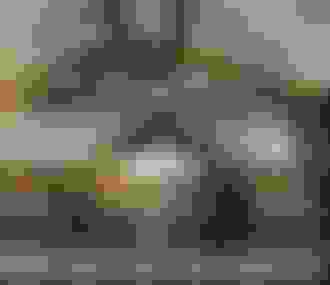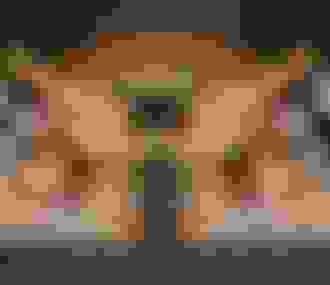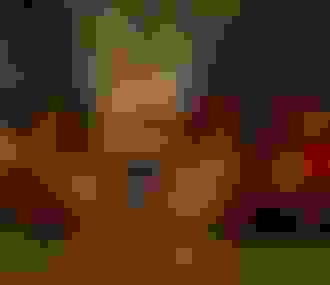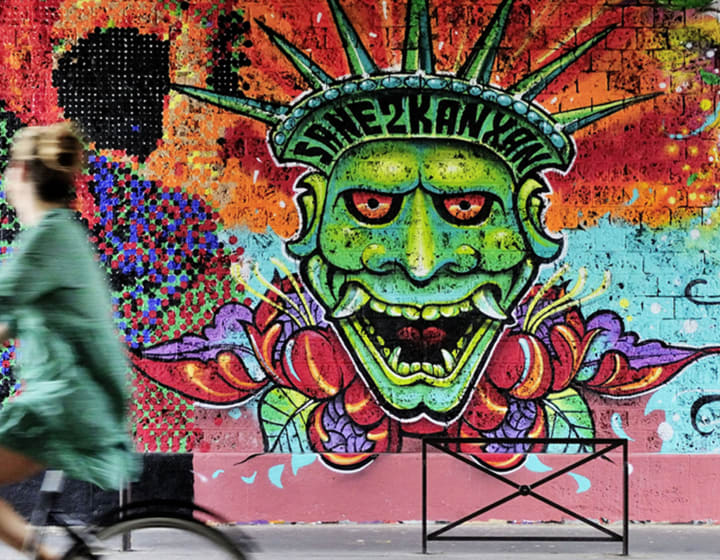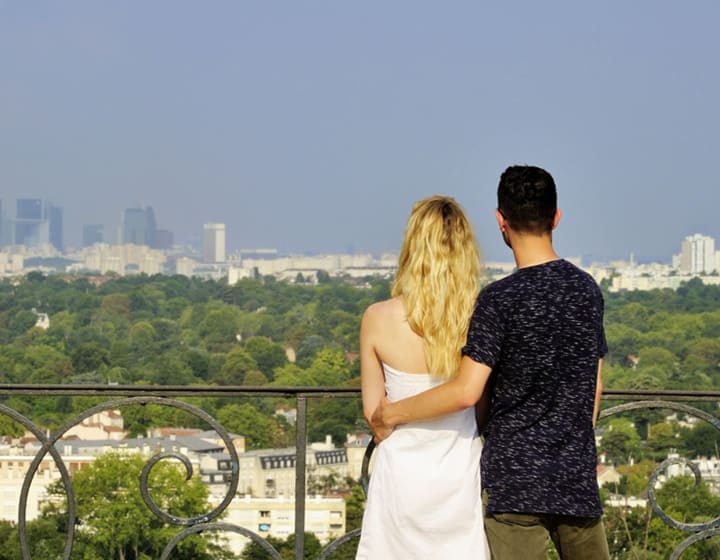This page is currently unavailable.
We invite you to discover all the must-see places in Paris and its region, where we love to walk. Make the most of your stay with our ideas for outings and activities.
Discover other similar ideas for outings
Visits, activities and excursions in Paris Region… Discover our selection to organize your stay.
To your calendars
Our favourite guides you might like
Discover our selections of experiences and itineraries in Paris and its region to discover the top ideas of visits.
- Copyright image: CRT IDF/ATF/Ooshot/Van Biesen

